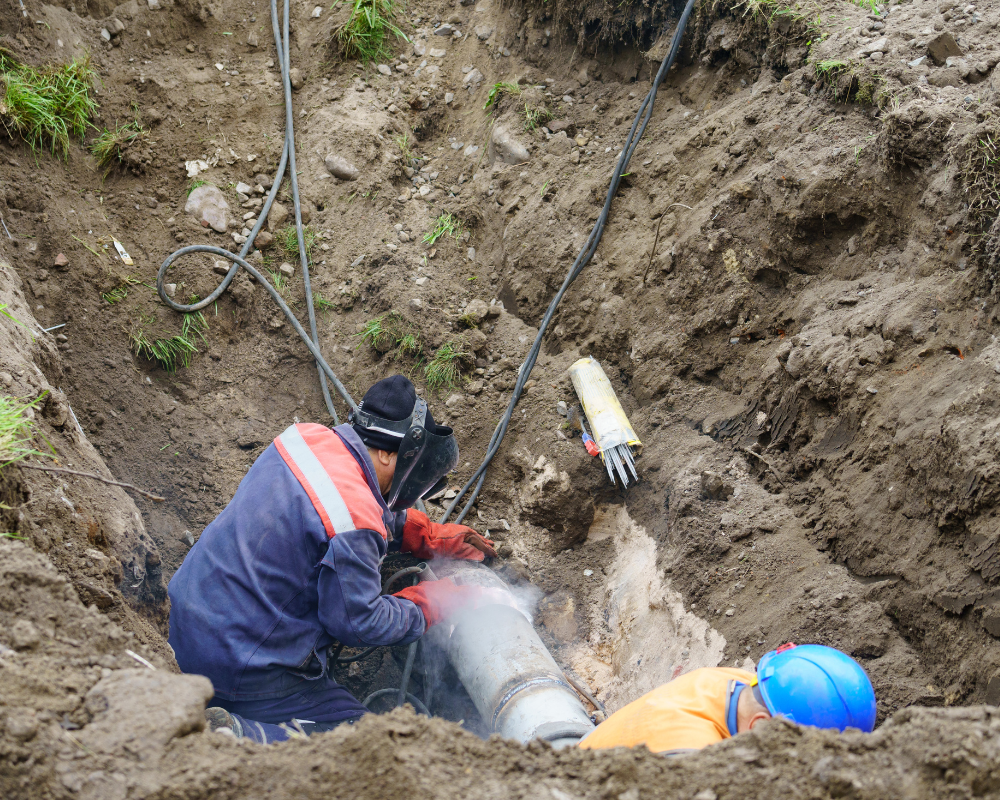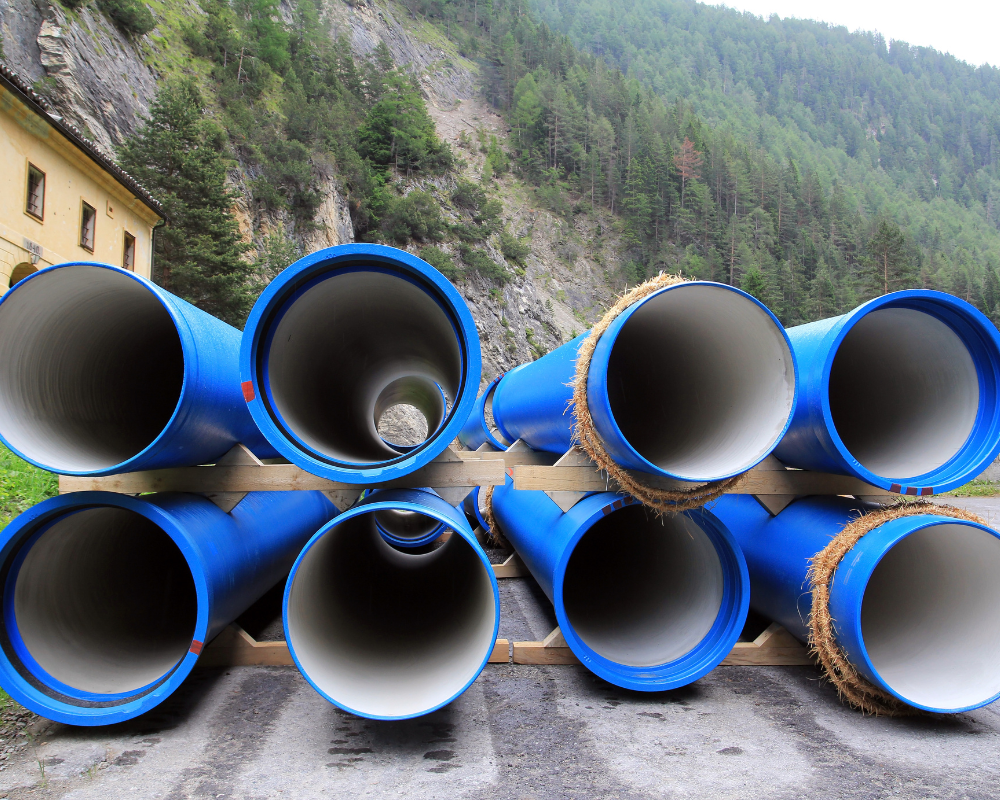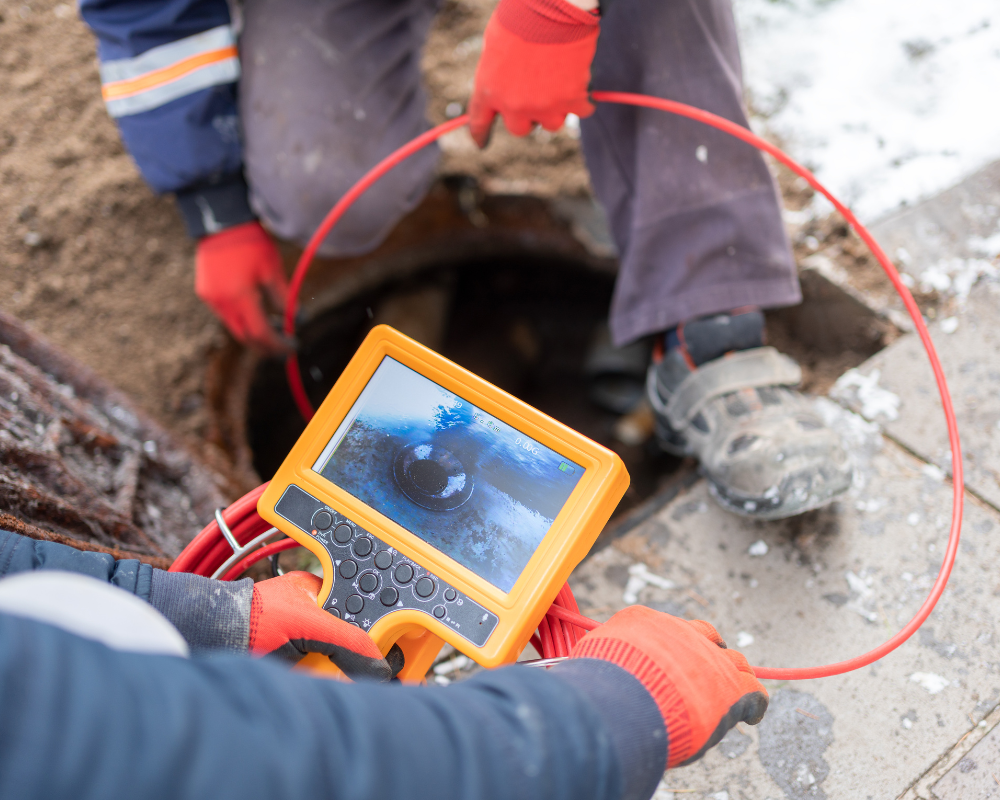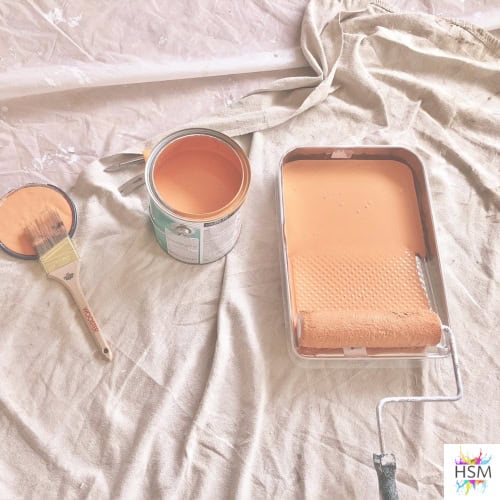Understanding the Sewer Repair Process
Table of Contents
Understanding the Sewer Repair Process is important for homeowners because a damaged sewer line can cause major problems for your home. It can lead to clogs, structural damage, and even a sinkhole.
It’s important to catch sewer line issues immediately and get assistance from a professional sewer repair. Some signs of an issue include:
Trenchless Pipe Repair

Trenchless pipe repair is a much less invasive fixing of a broken sewer line. Traditionally, plumbers would dig up the old line and replace it completely, but this is time-consuming and requires replacing your landscaping and outdoor features, which can add to the overall cost of the repairs.
Your plumbing tech can perform the repairs quickly and effectively using trenchless techniques. First, they will hydrojet your lines, a process that obliterates clogs and cleans the sidewalls of the pipes. They’ll then use video inspection to determine the size and location of the damaged line. From there, they can choose the best solution.
If your sewage lines have been damaged by corrosion, cracks, or collapsed segments, trenchless replacement can be a good option. This method is similar to pipe lining but works on older pipes that are too damaged to patch up with a liner.
Your plumbing tech will drill two small holes — one near your house and another at the point where your line runs to the city’s mainline. They’ll feed a steel cable with a head attached to the camera through these entry points to locate the damage and determine how to proceed. Once they’re done, they’ll replace your old sewer line with a new, durable pipe. This will ensure that your line is strong, secure, and free from any clogs, leaks, or deterioration in the future.
Pipe Lining

Pipelining is a minimally invasive repair method that can be performed on small and large drain line sections. Also called cured-in-place pipe (CIPP), this trenchless technology creates a new pipe inside your old one that closes cracks, holes, and leaks.
It also strengthens your old pipe, extending its lifespan by decades. Plumbers use epoxy-filled tubing that’s inserted into your drain. It’s inflated and exposed to hot air, steam, or blue light LED technology that hardens it, creating a smooth interior surface like the original pipe.
The process works well on most pipes, including clay tile, ABS plastic, PVC, cast iron, and copper. It can even rehabilitate sewer lines with a material loss – though you may experience some flow loss.
A word of warning: Don’t attempt to use this technique if your existing pipes are infested with tree roots or have severe corrosion. Roots often infiltrate pipe seams and bumps that can snag and slow drain, while corrosion can interfere with the liner adhesion to the inner walls of your pipes.
A qualified plumber can inspect your pipes and choose the best option. Once your pipes are clean, a technician will insert the liner through an access point above ground – usually a sewer cleanout. Your pipes should be inspected again for any issues that need to be addressed.
Pipe Bursting

When repairing your ageing sewer lines, pipe bursting is one of the most innovative and efficient techniques. Unfortunately, this process is surrounded by misconceptions that prevent many homeowners from exploring its advantages.
The process starts by digging small access holes at both ends of the run that need to be replaced. A cable is then inserted into the first hole and connected to a machine that feeds a cone-shaped bursting head. The bursting head, a little larger than the new pipe’s diameter, pulls through the existing line and fractures it into smaller pieces. The replacement pipe is then seamlessly fed into place in the space left behind by the bursting head.
This trenchless technique is the best option for replacing damaged and corroded sewer pipes. Its less-invasive approach preserves the landscape, and its speed reduces downtime and costs. This makes it an ideal solution for busy homes and businesses that can only afford to go along with working sewer systems.
While the bursting method is most commonly used for installing high-density polyethene (HDPE) pipelines, it can also be utilized for other types of pipes. It’s an especially great choice if you need to expand your sewer lines or increase their flow rate. The only situations in which it may not be appropriate are those that require special structural considerations or if the location of existing utilities makes traditional excavation methods necessary.
Inspection

As a homeowner, you’ll occasionally have to deal with clogged drains and the resulting backups. While these issues are unavoidable, you can limit the damage by working with a plumber who practices trenchless sewer repair.
Before beginning any repairs, a technician must perform an HD camera inspection of the entire sewer line to determine its physical condition and whether or not a spot sewer repair is appropriate. The camera can detect many defects, including cracks, misalignment, bellying, root intrusion, and broken pipes. The inspection can also help the plumber decide whether a partial or full pipe replacement is needed.
If the camera inspection reveals only minor damage or a single clog, your plumber may use a trenchless technique called drain lining to replace the damaged segment of the sewer pipe. In this method, your plumber will insert a felt or fibreglass liner dipped in epoxy into the existing pipe and then inflate it with air pressure. Once the liner has been cured, it creates a new pipe within the old one that can last for decades.
Before starting a trenchless pipe repair, your plumbing crew will dig two holes at either end of the damaged pipe to access it. They will then cut into the pipe using a specialized tool to remove the damaged section and insert the new liner. Once the work is complete, your plumber will do another video inspection to ensure the new liner meets quality standards before covering the access holes.



